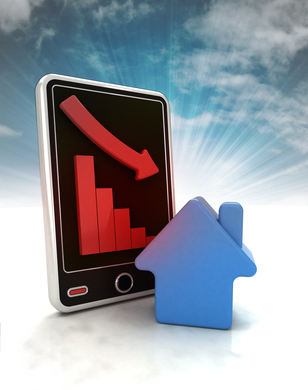
Why are mortgage rates are so low at the moment? One reason is “Better technology.” Mortgage software provider Ellie Mae notes that lenders are closing loans at a faster pace over the last few months, which is due partly to fewer applications and partly to back-office automation. Mortgage lenders are utilizing technology to minimize delays, reduce time-to-approval, and do away with loan paperwork. A typical refinance now takes 39 days from application to closing, which is down 17% from last year.
Big Improvements
Mortgage loan software has seen drastic improvements over the last few years, and reduced the number of “human touches” necessary to close a loan. The combination of automated disclosure procedures and electronic signatures saves days and weeks of paperwork, something that wasn’t even feasible a decade ago.
Last year, a refinance took an average of 47 days, compared to 39 this year. This eight-day improvement is important because refinance mortgage rates change based on the number of days required to “get to closing.” Mortgages that close in 30 days tend to receive “best” ratings, with basis rates increasing for every 15 additional days it takes to close. Generally, lenders raise the rate by 12.5.
Technological Impact
While the economy certainly plays a large part in determining mortgage rates, it’s impossible to overlook the impact of mortgage-based technology. Mortgage rates are at a 14-month low and thousands upon thousands of U.S. households are currently eligible to refinance. Yet it’s not just the mortgage industry seeing improvements due to technological advancements—most other industries are also streamlining production via a variety of technology options.
For example, voice broadcast has made it possible to send important updates, alerts, notifications and promotions to a mass audience, whether the audience be voters, customers or employees. An easy and cost-effective method of reaching a lot of people in a short amount of time, everyone from real estate agents to hotel managers to political strategists have used voice broadcast to increase sales and cut time spent on marketing and similar activities in half.
Call tracking is another example of technology significantly impacting how people do business, making it easy not only to purchase local and toll-free numbers for advertising purposes, but also to track the effectiveness of ad campaigns. As with mortgage software and voice broadcast, call tracking contributes to more efficient business management.
As people continue to use technology to ensure optimal work performance, it will be interesting to see how the mortgage industry evolves and, most importantly, how rates continue to fluctuate.
